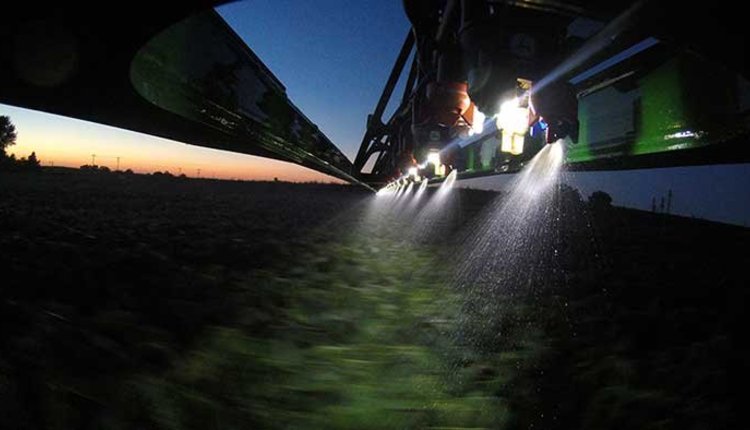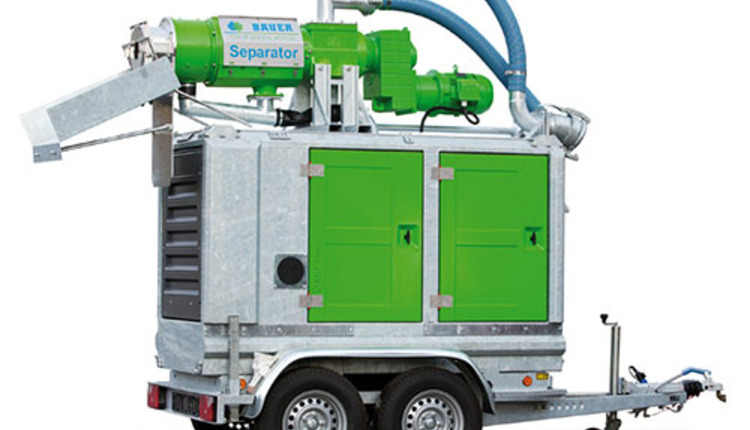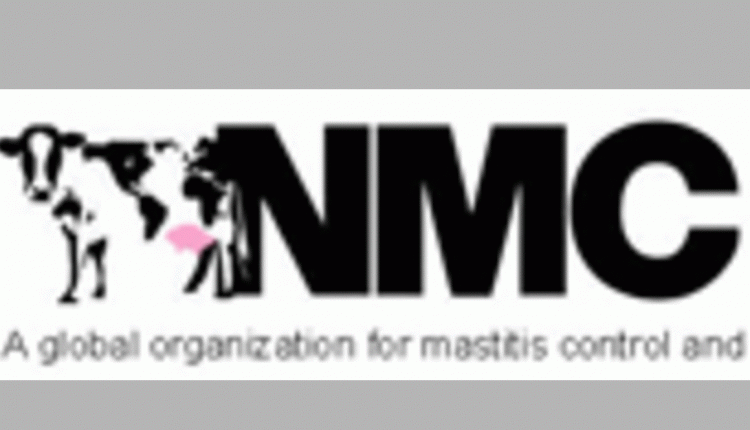In two months the Mid-Atlantic's recent, unprecedented snowfall will be a mere memory, and many farmers will be preparing the ground for a new growing season. Methods used today to prepare that ground certainly have transitioned from those used 100 years ago. In those times of transition, while moments and opportunities we can be proud of, we have also learned critical lessons about soil and water conservation.
Fast forward to today. We're producing more food more efficiently than ever before, feeding a growing population on less land and using fewer resources, all while being more mindful of our responsibility to our natural resources.
One of those natural resources is our local waterways. For nearly 40 years Pennsylvania has been investing in protecting water quality and the restoration of our watersheds, preventing millions of pounds of nutrients and pollutants from reaching our waterways and the Chesapeake Bay. We've reduced phosphorus levels by 25 percent, nitrogen by six percent, and sediments by nearly 15 percent – all while growing our population and producing more food now than we did previously. Yes, we've made immense progress, and we can and should be proud of those accomplishments. But, the scale of agriculture and land mass underscores there is more work to do.
Last month Governor Wolf's administration unveiled our comprehensive strategy to recharge our state's efforts to improve water quality in the commonwealth and the bay. Our department has been working with our partners at the state Departments of Environmental Protection and Conservation and Natural Resources as well as the State Conservation Commission to bring renewed focus to our efforts to help protect local water quality and the Chesapeake Bay while emphasizing the need for balance.
We made it clear from the beginning that our effort has co-equal goals: having clean water and viable farms. These ends aren't mutually exclusive. Pennsylvania's farmers have long recognized the important link between healthy soils, sustainable farming practices, and the quality of our waterways. Healthy waterways equate to healthy communities. You can't have one without the other.
The agriculture industry is responsible for contributing three-quarters of the total nutrient reductions expected of states by 2025. That's a sizeable sum, and no small task, but we know there are countless farmers who are doing their part.
Part of the problem is that Pennsylvania is not getting full credit for the work we are doing. Much of the uncredited improvements have come from agriculture – farmers doing the right thing for their land and our waterways without needing government intervention or professional assistance. Yet because these best management practices (BMPs) weren't part of federal or state cost-share programs, they haven't been counted. And if we cannot document and verify this compliance, Pennsylvania's performance in meeting water quality goals and bay performance measures will continue to appear as if they are lagging.
One way we are working to account for those current efforts is by partnering with Penn State College of Agricultural Sciences. They have developed a BMP survey to account for those practices currently installed on farms throughout the commonwealth. The survey can be accessed at http://src.survey.psu.edu/farmbmp/. We are asking our farmers to take a few moments to complete this survey and help us get the credit you deserve for your efforts. Farmers can also call the Penn State Survey Research Center directly at 800-648-3617 and request a hard copy by mail.
This commonwealth plan sets out to help us account for all BMPs, and give those farmers who need help or encouragement with BMPs on their farms, the incentives to assist them. Rest assured, the Department of Agriculture is speaking up for you. We have to consider the practical side of things, viewing how rainfall, droughts and planting seasons impact our work to protect our waterways. Like many things in life, there is a tension between the aspirational and the practical. There are a lot of variables in this discussion that can create tension, but I believe it can be a healthy tension. Our collective job is to take the aspiration of cleaner water and a healthy ecosystem and apply it practically.
That said, we estimate that 20-25 percent of Pennsylvania farms need to do more. We need your help to meet our obligations, whether those obligations are to improving the health of your farm, your community, or everyone downstream from you. We're ready to help you achieve compliance and connect you with the resources to aid you in that effort.
To those throughout Pennsylvania who have taken steps to reduce nutrient and sediment runoff in whichever watershed you live, no matter if you have livestock, crops, a bountiful garden, or simply a lush and verdant lawn: thank you. Your efforts are appreciated. They all make a difference now and for future generations.
Our obligations to water quality – locally and in the Chesapeake Bay will not go away – they aren't something we can ignore. We all have a role in the health of our waterways and I know that you'll join me.
Agriculture is part of the solution.
2.26.2016








